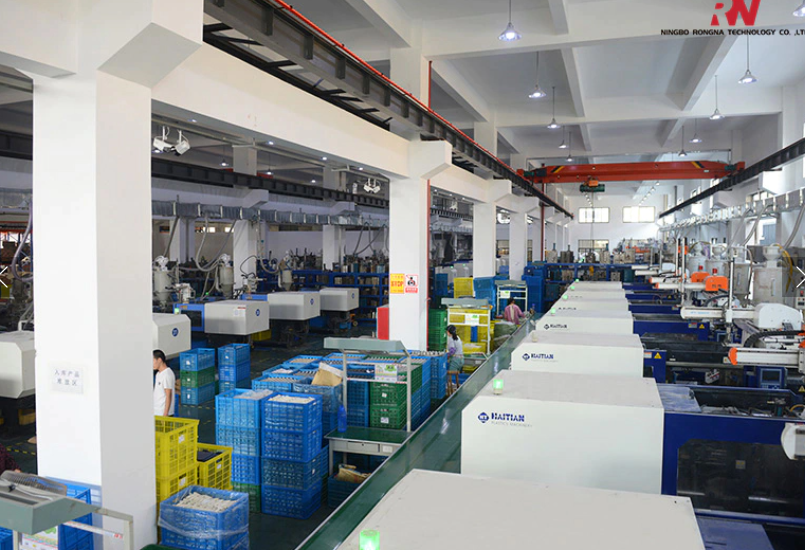When designing plastic injection molding, several crucial factors should be taken into consideration:
1. Material Selection: Choosing the appropriate plastic material is paramount. Different plastics possess unique physical and mechanical properties, such as wear resistance, high-temperature resistance, and chemical resistance. The right material should align with the product's intended use and requirements.
2. Molding Process: Determining the correct injection molding process parameters is essential. This includes variables like injection temperature, pressure, speed, and holding time. These parameters significantly influence the product's quality and performance. Thoughtful adjustments can help prevent defects and ensure product excellence.
3. Mold Design: The creation of high-quality injection molding molds is crucial. Mold structure, size, and exhaust systems must be meticulously designed. A well-thought-out mold design ensures product accuracy and shape while minimizing the occurrence of issues like hot cracks and bubbles.
4. Ejection System Design: Depending on the product's shape and structure, a suitable mold ejection method must be designed. This includes the ejection device, gate placement, and cooling system design. Proper ejection system design ensures smooth demolding, avoiding deformations and damage.
5. Wall Thickness Control: Precisely controlling the product's wall thickness is vital. It should be adjusted according to the product's structure and requirements. An excessively thin wall can lead to deformations and cracking, while an overly thick one may increase costs and manufacturing complexity. Proper wall thickness control ensures product strength and stability.
6. Curing Time: The curing time of the injection molding must be managed according to the product's size and solidification time. Too short a curing time can result in product deformation, while an overly extended one can affect production efficiency.
7. Environmental Considerations: Environmental factors should be integrated into the design. Opt for recyclable and biodegradable plastic materials to reduce waste generation. Optimize the production process to lower energy consumption and emissions.
In summary, plastic injection molding design demands comprehensive attention to factors such as material selection, molding processes, mold design, ejection system design, wall thickness control, curing time, and environmental responsibility. This holistic approach ensures product quality and production efficiency while minimizing costs and waste generation.

